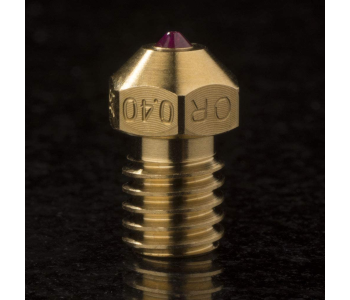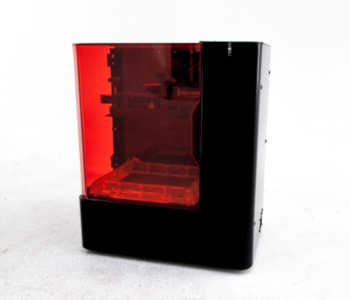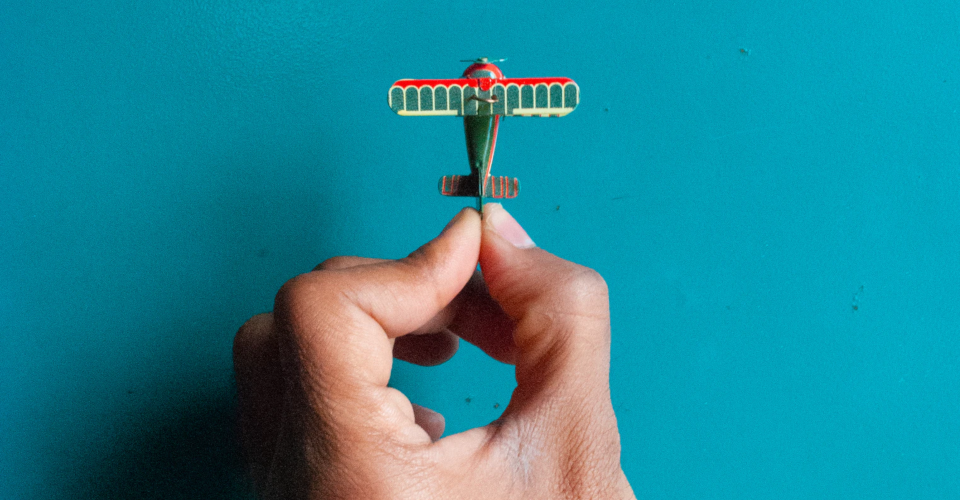3D Printing in the Micro Scale
3D printing has more than proven its worth as a revolutionary alternative to traditional manufacturing methods. However, it also has to play catch-up with other trends in the manufacturing world. Namely, 3D printing needs to keep up with the demand for everything to be smaller – from computer chips to hardware parts.
While design freedom is the strongest suit of 3D printing, it has somewhat struggled with precision and accuracy. To bridge this gap, a completely new 3D printer will have to be developed. Not to worry, because a few companies have already been hard at work at solving this very specific problem.
Why the need for micro-scale 3D printers?

As revolutionary as 3D printing is, it is often limited in its level of precision. There are several limiting factors that come into play. In standard filament-based 3D printers, the level of detail accuracy is determined by nozzle size. The precision of resin-based 3D printing is dependent on the precision of the light source that causes photopolymerization. There is also the physical limitation on nozzle size in 3D printing methods that rely on binder jetting.
Compared to more traditional methods like injection molding, 3D printing is still considered inferior in terms of precision. For this reason, not many companies rely on 3D printing when manufacturing very small parts. These include microchips, hearing aids, surgical tools, and components for optics.
There is clearly a gap for micro-scale applications of 3D printing. Normally, the molds needed to produce these very small parts are very expensive when done via injection molding. 3D printing has the potential to drive these prices down. Bringing the design freedom of 3D printing into the micro-scale can also open the doors to a host of complex structures that more traditional manufacturing methods cannot produce.
Does the technology already exist?
Yes, the technology to 3D print micro-scale objects already exists. Several companies and research institutes have been working on manifesting this idea for the last couple of years. Leading the pack is Boston Micro Fabrication (BMF), a company that was co-founded by an MIT professor back in 2016.
The latest high-profile release of BMF is their microArch s240 printer. The company claims that this is the only micro-precision 3D printer that is designed for short-run industrial production. The microArch s240 is an improved version of the company’s previous line of nanoArch printers and uses similar technology from their patented Projection Micro Stereolithography system.
According to the product description, the microArch s240 can achieve a resolution of 2 µm to 50 µm with a tolerance of 5 µm to 25 µm. To put those numbers into context, the average thickness of a strand of human hair is about 70 µm. This highlights just how incredibly precise micro-scale 3D printers can be.
BMF is not the only company in this space. Another strong contender is Germany-based Nanoscribe. Their Photonic Professional GT2 printer uses a Two-Photon Polymerization technology to create sub-micrometer features. It is rated with a minimum XY feature size of 200 nm and a vertical resolution of 1500 nm. The Photonic Professional GT2 can be used for micro-optics, micro-mechanics, biomedical engineering, and nanostructures, among several other fields.
Nanofabrica from Israel also offers micro-scale resolution with their Tera 250 3D printer. Using semiconductor lithography with advanced optics, the Tera 250 offers an impressive combination of a 1-micrometer resolution and a relatively large build volume. The solution that Nanofabrica offers is uniquely appropriate for large-volume requirements of very small and precise parts.
Finally, a research team from the Yokohama National University has taken it one step further by developing a multi-material 3D printer that also produces micro-scale features. The SLA-based technique uses the suspension of several types of resins in a droplet state that prevents them from cross-contaminating each other. The research paper does go into ample detail on how the team designed the 3D printing process for microstructures.
It’s apparent that this is a very young field that currently serves only a niche market. BMF seems ahead of the technology curve and likely holds the first-move advantage. We expect more companies to come into play should there prove to be a huge demand for the technology.
How do these micro-scale 3d printers work?

Being quite an immature field, companies in this space have taken vastly different approaches to achieve micro-scale resolution. The best technology to analyze would be that used by BMF as it is the most well-developed and highly documented.
The microArch line of 3D printers by BMF is based on the concept of photopolymerization. The printer uses either ceramic or photopolymer resin as feedstock. BMF has also partnered with specialty chemicals company BASF to produce the special BMF RG photopolymer. This is a higher strength version of the standard photopolymer that is more suitable for industrial or medical production demands that require more geometric complexity.
The 3D printing process of the microArch printers is called micro-stereolithography, which is based on Digital Light Processing (DLP) technology. This involves photopolymerization of the resin using precise flashes of light. DLP cures an entire layer at a time, making it a faster and more suitable option for high-volume parts production.
To achieve micro-scale resolution, the microArch printers use special lenses to focus the light into smaller points. This is also aided by special software and control systems for the high-precision movement of the build platform.
The potential for micro-scale 3D printers
Right now, the micro-scale 3D printing market remains immature and low-profile. As the technology becomes more well-known, we expect applications that are more industrial or commercial. Companies like BMF and Nanoscribe likely recognize these trends as they design their 3D printers for higher production speeds and build volumes.
One of the most compelling use cases of micro-scale 3D printing is as a replacement for high-precision injection molding. According to BMF, casts that can reproduce micro-scale features can be prohibitively expensive at up to half a million dollars to produce. 3D printing has the potential to significantly lower those costs.
Bioprinting is another field with huge potential if combined with micro-scale 3D printing. In a recent partnership formed by Nanoscribe with the CELLINK group, the companies have agreed to work on bioprinting of vascular microenvironments that can aid cell studies and development of products such as microneedles and microporous membranes.
Whether it’s for electronics, mechanical devices, or medical research, there is still a lot of room for micro-scale 3D printing to develop. While it’s unlikely for the actual 3D printers to find their way into our home workshops, we may still benefit from the products of this piece of technology.
Final thoughts
As companies like BMF have shown, there is still a lot of room for growth in the 3D printing industry. They have taken on a different approach to growth – by going smaller. This breakthrough has already become useful in fields such as medical research and the design of electronics.
Now that they have shown that it’s possible to 3D print features at a micrometer scale, the next challenge is to scale up production to a level where it is economically feasible. If 3D printing entire houses do not work out, there is yet a lot of potential to be explored by going small instead of going big.


